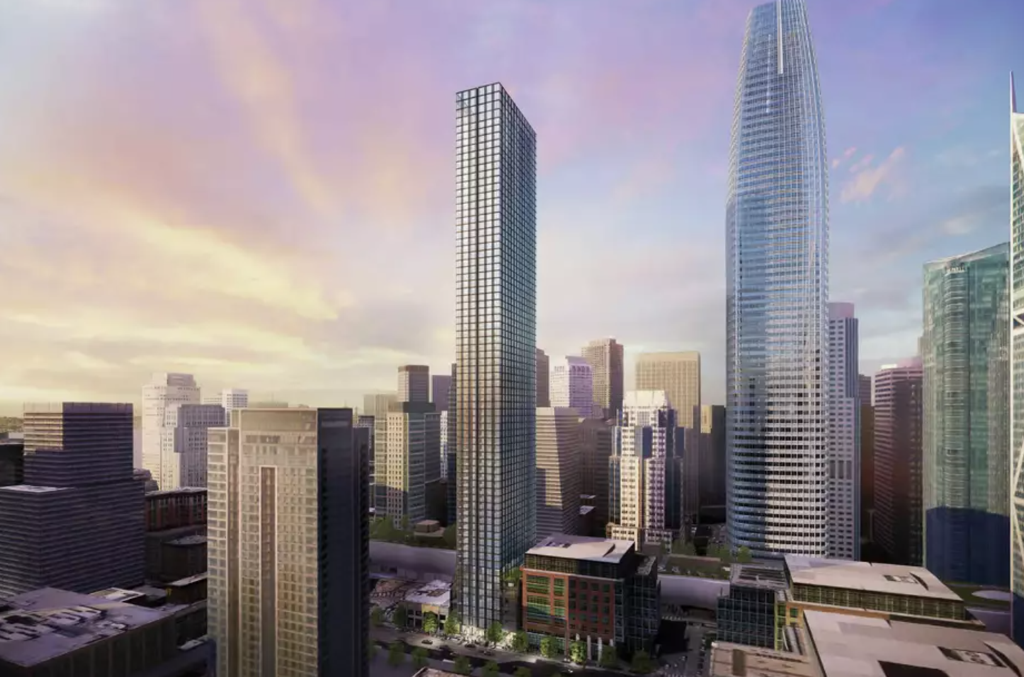By Tim Redmond : 48hills – excerpt
Narrow 4-3 votes ends the ability of community activists to call out unscrupulous landlords and speculators.
The Planning Commission, in a 4-3 vote, approved Thursday Mayor London Breed’s proposal to let the planning director approve, without public or commission input, all housing development that the uses the state density bonus plan.
All of the commissioners appointed by the Board of Supervisors voted No. All of the commissioners appointed by the mayor voted Yes.
The density bonus plan, under State Sen. Scott Wiener’s SB 35 and SB 423, allows for streamlined approval and additional density for housing that includes a modest percentage of affordable housing, below what San Francisco until recently required.
Since almost every developer building market-rate housing in the city is going to use that bonus, the commission in essence gave the department staff the ability without public input to approve any new market-rate project.
Several speakers pointed out an essential problem: The law doesn’t allow this sort of approval if the property had tenants living in it who were evicted or otherwise forced out—but San Francisco has no way to track that information.
Over the past few years, when unscrupulous landlords or speculators tried to get around the rules, community activists would come to the commission and present evidence that the building was once tenant occupied.
No more… (more)
Why does the Mayor need more power when she is able to silence most public opposition now through appointments? Be sure to see this SFStandard article and watch to see how the media spins the story. We appear to have a case of the blind leading the blind.


